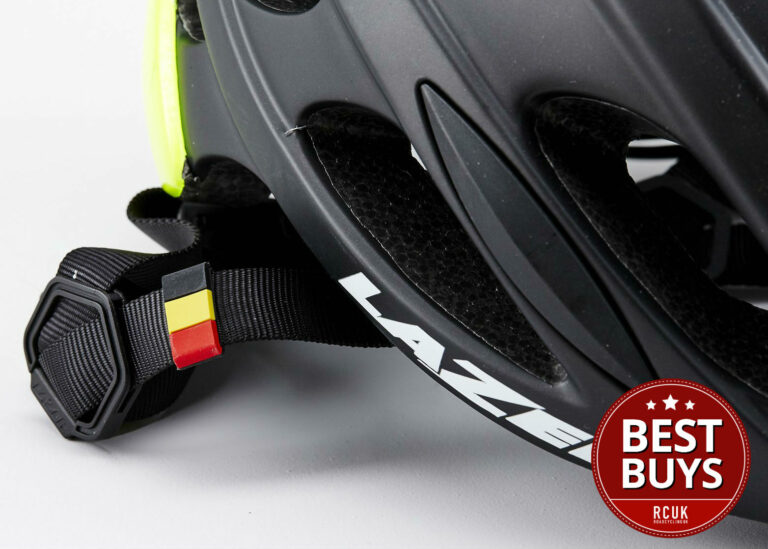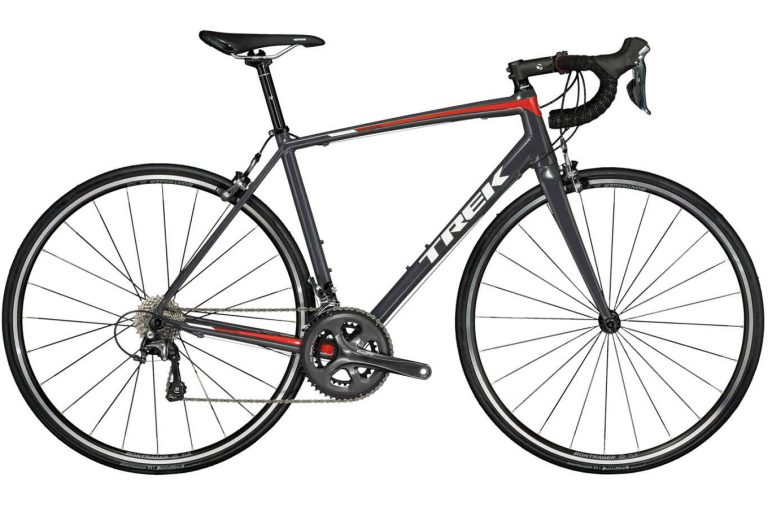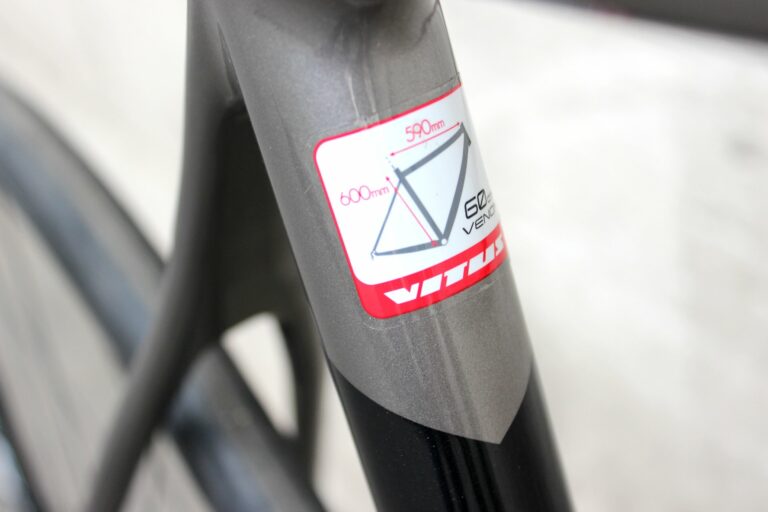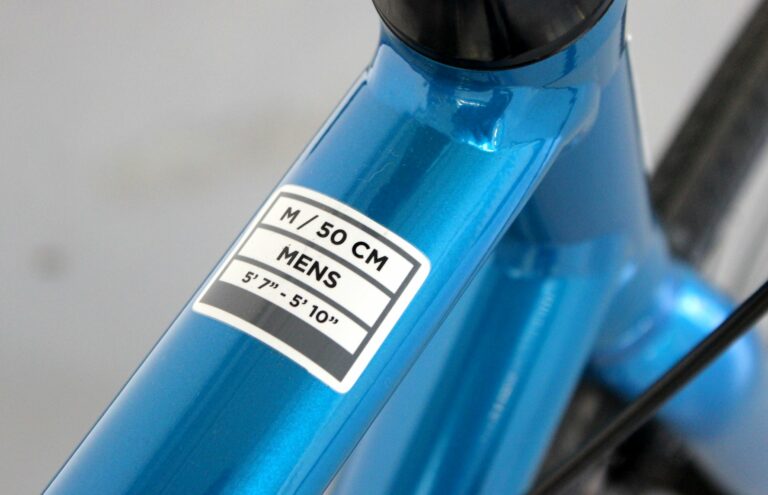


Never heard of NeilPryde? Don’t worry, you’re not alone, it’s not a brand many in the cycling world will be familiar with. NeilPryde is better known for producing windsurfing equipment for the past 35 years and is one of the leading brands in that sport. So why the launch of a bicycle range?
It all came about after the company carried out some research on its customers and realised that when not windsurfing, many enjoyed cycling as a second hobby. So it decided to make the leap. Putting its extensive knowledge of composite materials and aerodynamics to good use, the company worked with BMW Group DesignworksUSA, a company with experience in diverse industries from automotive and aircrafts to yachts or trains, to design the striking frame you see pictured over to the left.
The range consists of two models, the Diablo and, as we’re going to talk about today, the Alize. The Alize, along with the likes of Cervelo’s S3 and Felt’s AR, is designed to be an aerodynamic race bike. As such it was designed and extensively tested in a wind tunnel to ensure each tube was shaped to minimize drag.
The result of this partnership has created a unique looking bike. NeilPryde could have easily gone down the route of picking a carbon frame off the shelf from a Far East supplier and stickering it up, but it’s reassuring to their commitment to producing a quality product that they’ve opted to design their own from the ground up.
It’d been advantageous for them too. Late last year it was announced NeilPryde’s Alize and Diablo had won two coveted iF product design awards in the leisure + lifestyle section.
The result of that time in a windtunnel is noticeable with the Alize; every tube is extensively profiled and shaped for minimum drag. Aerodynamics is a topic that has become more important to cyclists and bicycle designers over the past 30 years, as the understandings of a bicycle’s aerodynamics and the improved speeds and power saving that are possible have become better understood.
Since the first example of a truly aerodynamic road bicycle, the Gitane Delta TT ridden by the great Bernard Hinault, appeared in 1980, the availability of aero bicycles and components has exploded. That early example was made from Reynolds tubing with internal cable routing and ovalised tubes and was truly a leading light in bicycle design. Modern examples, like the Alize, owe a lot to that Delta.
Designing a frame to be aerodynamic is a complex business. There’s effects on airflow that the components, forks and wheels make to take into account, the angle of the wind and the rider’s impact too. The Alize’s tubes attempt to best manage the airflow, the downtube for example is shaped differently nearer the headtube junction to take into account the turbulent air due to the front wheel, while further down, where the air is less turbulent, it’s a different profile. Additionally, this section of the downtube incorporates a Kammtail [cut off tail – ed.] profile to manage the flow of air from downtube to seat tube. There’s some good photos and video of the Alize being windtunnel tested on the NeilPryde website.
Someone asked me if I could detect the aero advantage of the Alize over a ‘standard’ carbon race bike. And honestly, I couldn’t, at least not during the winter training rides that made up the test period for the Alize. My thoughts might be different if I was to test the Alize during a road race, where the speed and demands of the race might force a change of opinion.
If the aero advantage is undetectable, the lightness, speed and responsiveness is very much noticeable. The Alize will carry a small weight penalty (it’s 1040g for a 56cm so not at all heavy – the fork weighs 350g) over the standard Diablo, but it’s negligible – this bike is still impressively light and its climbing performance is nothing if not impressive. Stiffness hasn’t been traded off in the pursuit of aerodynamics either, in fact it’s one of the stiffer frames that has passed through the RCUK offices in quite a while.
Other factors help in the overall stiffness of the frame. A tapered head tube (1 1/8″ to 1 1/2″) up front increases torsional stiffness and keeps steering sharp and accurate and the huge downtube and massive bottom bracket junction ensures there’s no twisting, flex or vagueness. All cables are neatly routed internally and, unlike some other frames there were no problems with restrictive cable routing.
There’s an aero seat post, NeilPryde’s own design, with a two-bolt clamp keeping the saddle securely in place. An integrated seat collar is neatly finished with a grey rubber band which creates a continuation of the smoothness elsewhere in the frame.
I had to make a few changes to the bike before I rode it. Off came the SLR saddle and on went my favourite Prologo Scratch, and off came the 10cm stem and on went a 13cm. With this cockpit stem I expected the steering to be slower, but it was unusually fast, quicker than other bikes I’ve ridden recently. The upshot is that the Alize is quick to change direction, combined with the oversize head tube and steerer tube creating the stiff front end and it’s a very direct and communicative bike.
To ride the Alize is a lot of fun. It’s blisteringly fast and encourages you to ride everywhere as fast as possible. You find yourself flicking ever faster up through the gears until there’s none left. The upshot of the massive frame sections, around the bottom bracket, large downtube and similarly oversized chainstays, results in a stiff frame that transfers power to the rear wheel with impressive ability.
However it lacks some of the forgiveness in the rear of the frame, resulting in harsh ride over any road that is anything but billiard table smooth. The bumpy, rutted and potholed roads of Surrey and Kent proved a tough testing ground, rather like caressing an F1 car around a rally cross course in fact. A little more compliance in the rear triangle would not go amiss.
We’ve spent a while talking about the frame, but let’s touch on the specification briefly. NeilPryde offer the Alize as a frame only for £1,699, or you can pick it up with a Shimano Ultegra groupset and finishing kit for £2,699. The model we tested was the top-end Dura-Ace build, with a solid and dependable pick of components including Mavic Kysrium SL wheels, Hutchinson Atom tyres, smart FSA SLK stem and handlebar and an SLR saddle. Complete weight as pictured without pedals is an impressive 6.8kg. Oh and the price? £3,499. If you really want to push the boat out, there’s the option of a Lightweight Standard Tubular build.
It’s never easy for a company to launch a new bike, none more so than when the brand is completely new to the market. Undoubtedly many cyclists won’t be familiar with the NeilPryde brand, and only time will tell how effectively the brand transfers into the cycling market. Rest assured however that the Alize delivers on every front, and ticks all the boxes we check for when testing bikes. An impressive debut.





